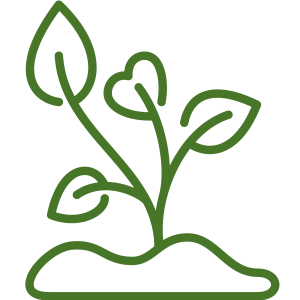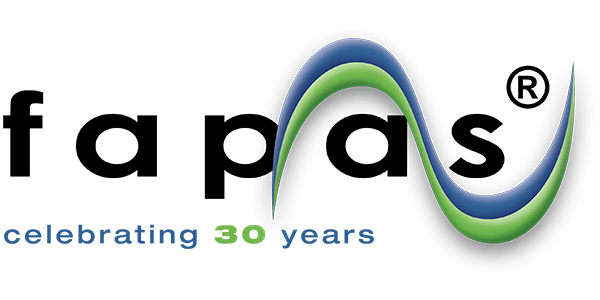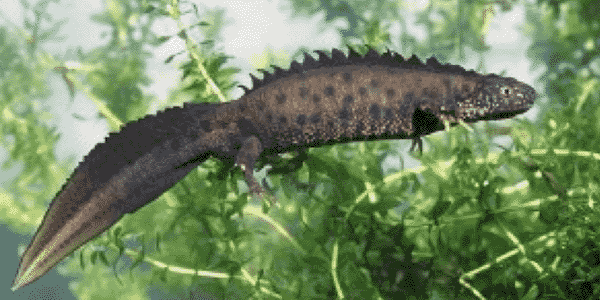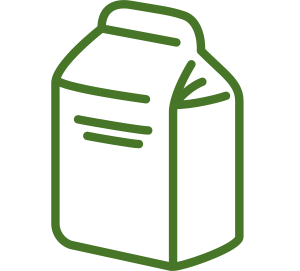Toggle Nav 

Search
Our Sites
Visit our other sites
-
Fapas - Proficiency Testing
Globally recognised provider of proficiency tests, running over 400 tests annually across an extensive range of matrices and analytes
-
Great Crested Newts Testing
A single sample taken by an ecologist at any time during the newt breeding season can determine their presence or absence, saving you time and money

To register your interest for future Big Soil Community testing campaigns please click on the link below.
Get in touch
Join a growing community working to understand the complexity of soil biology so we can improve crop production.
Learn more about the complex communities of bacteria, fungi plus new for this year included in the price is a ‘beta’ nematode screening telling you about the nematodes within your soil.
To find out about how to improve your crop production through knowing what’s in your soil, join the Big Soil Community for just £250.
Frequently Asked Questions
Show/Hide
Download as a PDF
 About Soil Health
About Soil Health

Copyright © 2025 Fera Science Limited (“Fera”). All rights reserved.
Registered Office: York BioTech Campus, Sand Hutton, York, YO41 1LZ. Registered in England & Wales, No 9413107. VAT Registration ID: GB 456401013
For further information about how Fera uses any personal data collected from you, please see our Privacy Notice at www.fera.co.uk/privacy-policy.
For further information about how Fera uses any personal data collected from you, please see our Privacy Notice at www.fera.co.uk/privacy-policy.



 Methods for Testing Your Soil
Methods for Testing Your Soil About your soil sample
About your soil sample About your Soil Health Results
About your Soil Health Results About your Payment
About your Payment